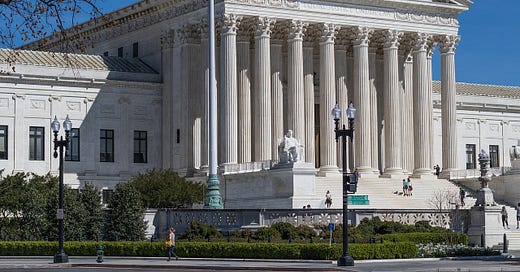Supreme Court Strips Environmentalists of Their 'Perfect Tool'
NEPA may indeed have been “the perfect tool” for environmental groups seeking to thwart infrastructure projects they opposed—but after the court’s ruling, they’ll have to dig deeper into their toolbox
In a ruling with sweeping implications for environmental law and infrastructure development, the US Supreme Court recently overturned a lower court decision that had halted the Uinta Basin Railway—a proposed rail line linking Utah’s oil-rich Uinta Basin to the national freight network.
The high court’s decision not only revived a major energy project but also corrected a troubling trend: the misuse of the National Environmental Policy Act (NEPA) to obstruct economic development through ever-expanding regulatory demands.
The legal battle was years in the making.
In 2021, the US Surface Transportation Board (STB) approved the railway, which would serve an area accounting for 85 percent of Utah’s oil and gas production. But in 2023, the US Court of Appeals for the District of Columbia blocked the project, ruling that its environmental impact statement (EIS) was insufficient.
“It is clear that the Board failed to adequately consider the Rail Policies and ‘articulate a satisfactory explanation for its action,’” the court wrote.
The Seven County Infrastructure Coalition—a group of eastern Utah counties backing the railway—vowed to appeal. Meanwhile, environmental activists hailed the ruling, calling the project “a financial boondoggle and a climate bomb.”
Their celebration, however, was short-lived.
Last month, in Seven County Infrastructure Coalition et al v. Eagle County, Colorado, the Supreme Court unanimously overturned….
READ THE REST OF THIS ARTICLE AT LAW & LIBERTY
Listen to me discuss the article on The Bob Harden Show:





As someone who works in transportation, this was a huge ruling. NEPA allowed environmental groups to delay or kill vital projects with numerous benefits to the community under the guise of environmentalism.